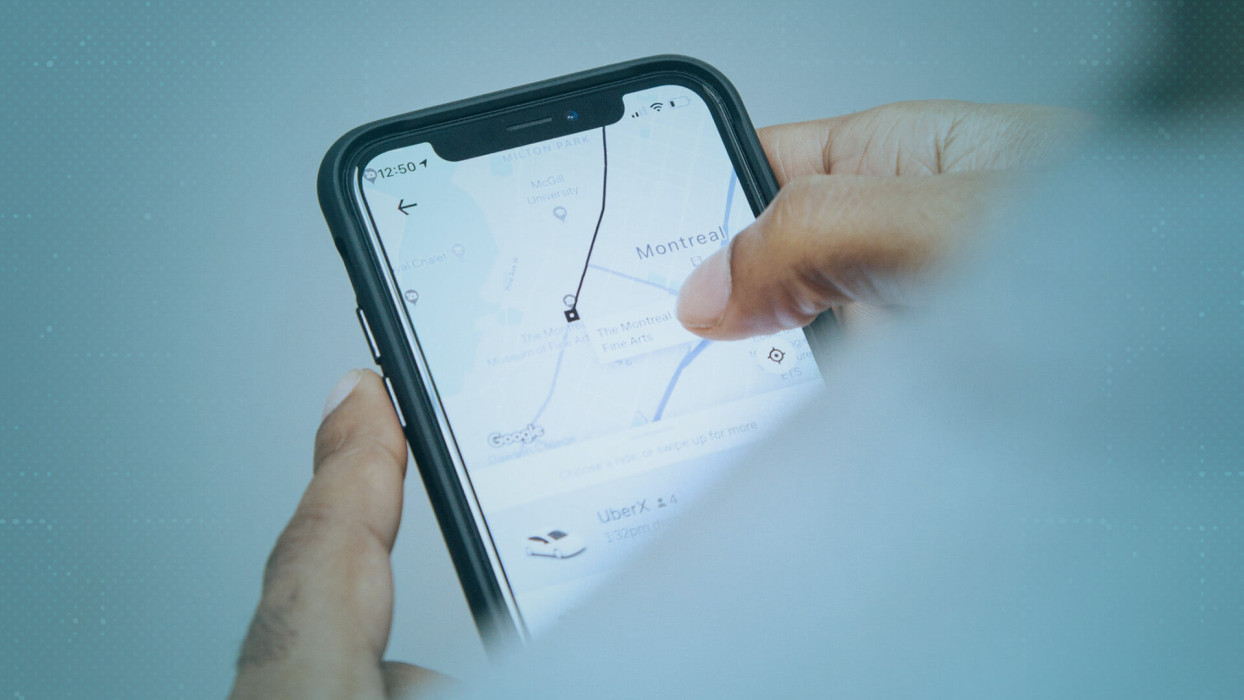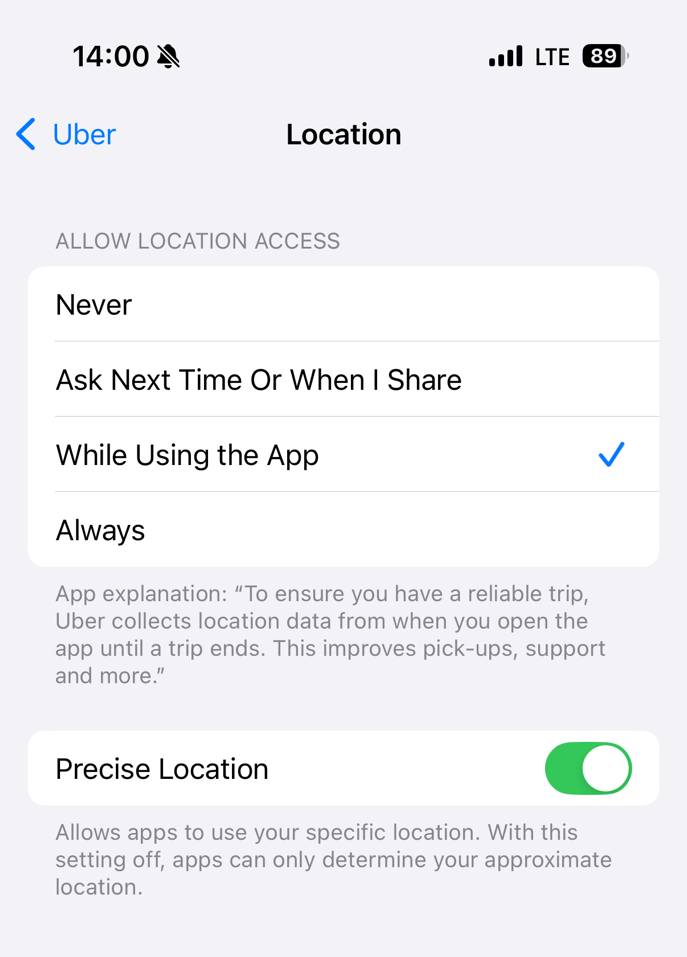Is the ride-hailing app secretly monitoring you? Not likely, however this iOS function might make it really feel that approach.
09 Oct 2025
•
,
3 min. learn

If you land at an airport, chances are you’ll be greeted with a notification in your telephone that reads:
“Welcome to [your location] – Open the app to get instructions to the Uber pick-up level.”
For privacy-conscious customers who solely enable apps to entry their location whereas the app is in use, this will really feel unsettling. How may Uber know the place you’re for those who restricted the app to entry your location solely whereas in use?

After seeing the message a number of instances, I lastly checked Uber’s permissions, sure it was set to solely “whereas utilizing the app” on each my private and enterprise telephone. And certainly, Uber’s location entry was set precisely as supposed: “whereas utilizing the app”.
And but, each gadgets displayed the identical notification at any time when I landed, and getting this permission mistaken on two gadgets appeared extremely unlikely. (As an apart, why there are different choices past this one is baffling. Why do any automobile service or meals apps have to know your location when you’re not actively utilizing them – apart from to trace you for business causes?)

The one different motive for what some would possibly view as a privateness infringement may very well be a function known as “Background App Refresh”, which permits an app to run and replace its content material even if you’re not utilizing it. Then again, this is able to be in opposition to the precept of limiting location entry to solely whereas the app is in use, and it appears implausible that any app, particularly on iOS, can be allowed to bypass such a basic privateness management.
So, how does Uber (and maybe different apps) know the place you’ve simply landed?
The reply lies in a function known as “UNLocationNotificationTrigger” that Apple offers to builders. This function permits an app to fireside a pre-configured notification when the gadget enters or exits a specified geographic area, reminiscent of an airport. That approach, it successfully circumvents the intent behind the “whereas utilizing the app” setting.
So, to reply the query above straight: no, Uber or different apps don’t know your location if you land. The notification is generated domestically in your telephone when it detects that you just’ve entered the pre-defined airport’s geofenced space.
Then again, the notification’s wording is deceptive: it makes it really feel like Uber is actively monitoring you and is providing steerage. In actuality, it’s solely if you faucet the notification and open the app that your gadget shares your location with the app.
There are legit causes for geofencing, in fact. For instance, a household security app might notify mother and father when their youngster’s gadget enters or exits a delegated secure zone reminiscent of a college or house. Or to make use of one other instance, a smart-home app may remind you to modify off the lights if you depart the home.
Nevertheless, utilizing the identical mechanism for what can solely be seen as promoting is, for my part, an overreach. On this occasion, Uber is promoting its providers as quickly as I’m throughout the boundaries of the airport. Think about strolling by means of a excessive road and having each retailer’s app ping you to return inside, principally ignoring your choice to share your location solely if you’re utilizing their app.
It will appear wise for Apple to tighten the principles round location-triggered notifications and prohibit them to non-advertising functions. This is able to be sure that the notifications are restricted to performance that serves the person and isn’t used for monetization functions.
Elevate your perspective with NextTech Information, the place innovation meets perception.
Uncover the newest breakthroughs, get unique updates, and join with a worldwide community of future-focused thinkers.
Unlock tomorrow’s tendencies at present: learn extra, subscribe to our e-newsletter, and grow to be a part of the NextTech neighborhood at NextTech-news.com

